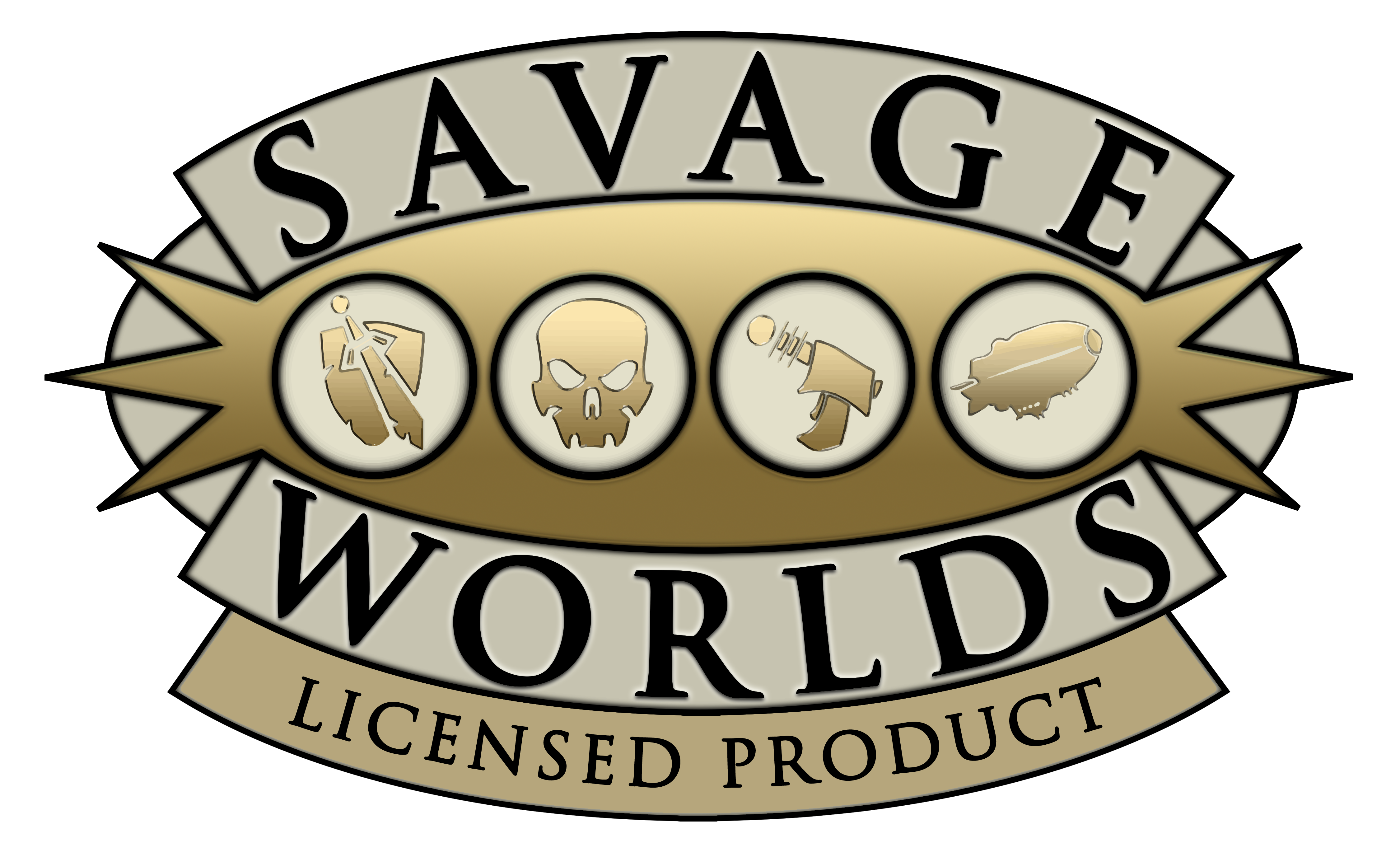“Wait, so just looking around takes an entire turn? That’s not fast, furious, or fun!”
Let me explain.
First, Mac is not just looking around – he’s assessing the chamber, looking for weak spots, calculating angles and estimating the correct use of his shotgun’s firepower. This is not a minor thing, it requires attention.
Second, it doesn’t have to be an entire turn – Guy could have taken two or more actions on his turn. It’s just that for each extra action beyond the first, you get a -2 to all of them, and Guy wants to “make sure I get things right”. He’s cautious and methodic. You can already guess what’s coming in next week’s page, in Lily’s turn.
Third, one character’s turn is not the whole game – this scene is still about being in an intense, dangerous situation, and what Mac is trying to do, bringing this whole place down, could have been taken right out of an action movie. It’s a classic scene – one hero gets things ready for the big punch, while everyone around quickly gets other things done, and it all ends with a large bang. It’s classic tension building.
Fourth, in order to thank Guy for helping in building this tension, and help in making the scene cooler, Nadav is going to reward him by using the Raise to make things more furious later on. See below.
On this page…
Guy is rolling a Knowledge skill. Specific Knowledge skills differ between game settings, and in the world of Crystal Heart, the “Science” specialization encompass physics and engineering. Which is a horrible misnomer, but let’s go with it for now.
When Guy told Nadav he wants to try and take this place down with his shotgun, Nadav considered two choices: Either tell him to roll the general Smarts attribute, or to roll a more specific skill. Seeing as knowing where to shoot in order to collapse load-bearing pillars seems like it requires some specific know-how, he went with Knowledge (Science). Also, it rewards Guy’s choice of picking this skill in the first place.
Usually, you roll Knowledge skills to, well, see if you know things, and a Raise simply gives you more information. In this case, Guy is attempting to bring down the ceiling. Nadav didn’t at first know how that’s going to happen – however, once Guy rolled a Raise, Nadav found himself having to find a way to use that Raise, and that forced him to think ahead.
How do you use Raises? Giving more information doesn’t work in this case. But wait, when you attack, Raises give you more damage – well, seems like Guy is planning on dealing damage to the pillars, so it looks like he’ll be attacking! Nadav then decides that the two Raises Guy just got will translate into +2d6 damage when he attacks next turn, which is a good thing, considering Nadav is now also reading the Breaking Things headline (Page 71 of the rules), and it seems like a pillar should have a pretty high Toughness rating.
If you enjoy our work and think it’s good, please consider paying a monthly $1 or more for it, via our Patreon page.
We are ad-free, and most of our funding comes from Patreon supporters. All other income comes from our small RPG products, available here.




